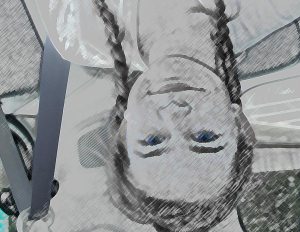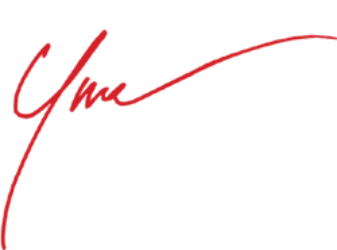 All of us recall events, activities and mentors that impacted our personal and professional lives. These are the experiences that shape our behavior, skills and personality, ultimately making us who we are.
All of us recall events, activities and mentors that impacted our personal and professional lives. These are the experiences that shape our behavior, skills and personality, ultimately making us who we are.
One of the most memorable lessons of my education came during a drawing class I was enrolled in. I loved to draw, but sketches of the human form were not in my portfolio for a reason. So when the instructor declared our assignment of the day to be a portrait to be rendered from a photo, self-doubt was a clear undercurrent as I scanned the resource files for my photographic model.
Soon the model and I were back at our seat, poised and ready with pencil in hand. In an instant, my doubt turned to curiosity as the instructor told us to turn the photo upside down and draw the image from that perspective. I could see from a glance around the room I was not alone in my surprise.
When the exercise was finished, the results were impressive. The accuracy of my sketch was unprecedented, easily the most accurate portrait I had ever drawn. But why?
What we learned that day was that shapes and objects familiar to us are influenced by our memory and interpretation of what we see. Because we are familiar with a shape or image, the brain skips more critical study once memory tells us what it is supposed to be. By turning the image upside down, preconception of what the object looks like is eliminated and forces critical evaluation of now unfamiliar shapes, relationships and patterns.
I leverage this lesson almost every day in life and in business. It taught me to turn questions and problems upside down in order to see them more clearly and to eliminate the influence of preconception. Used in combination with my favorite question – what if, it activates an exploration of opportunities and critical evaluation of environmental factors that are sometimes easily missed. The result is inevitably a more clearly defined goal unrestricted by the sometimes-restrictive framework of familiarity.
